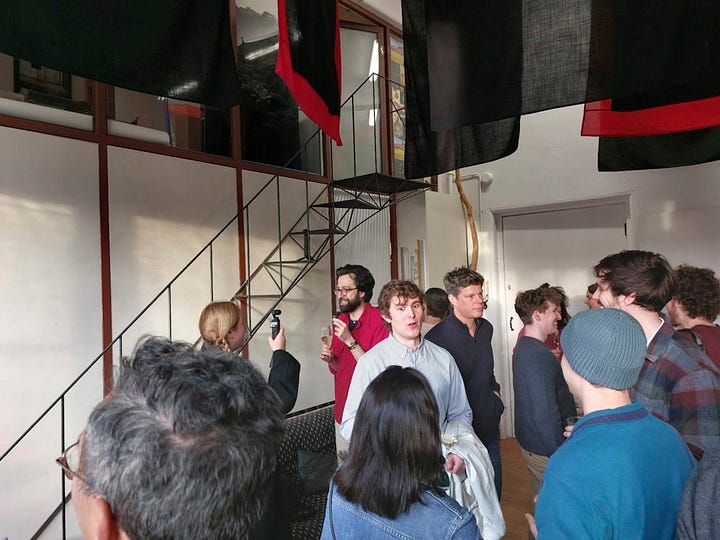The final chapter + A handy guide to help you start your long term project
Wrapping up the 'Long Term Photography Project' series
After finalizing your long-term photography project there’s still one crucial step left: sharing your work with the world.
How you choose to present your project will shape how audiences receive and connect with it. Should you turn your work into a beautiful photo book, hold a gallery exhibition, or go digital with an online platform? Each option offers unique ways to experience your photos, adding different dimensions to your narrative. And yet, diving into the complexities of presentation could be its own series of articles. Others have written beautiful pieces on how to make your own photobook, like Wesley Verhoeve did: start with part 1.
His book, NOTICE Journal Volume 1 is just released. This Sunday, Wesley organized a cozy book launch.


Keep reading with a 7-day free trial
Subscribe to Darkrooms to keep reading this post and get 7 days of free access to the full post archives.




